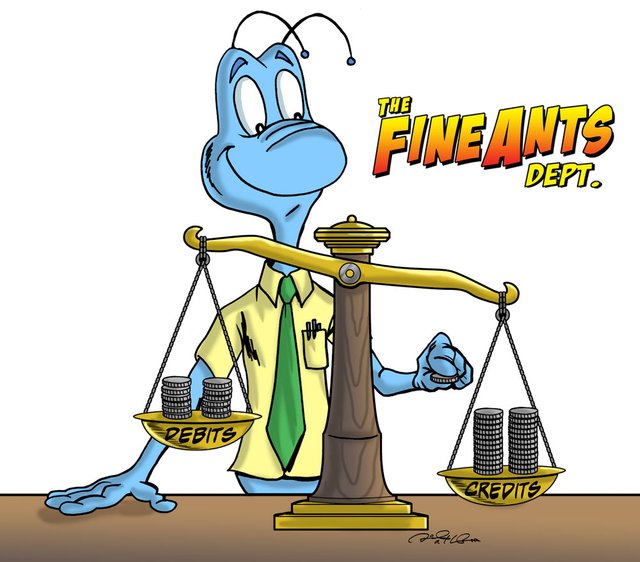Debits and Credits

Over 500 years ago an Italian monk created double-entry bookkeeping which is used by all accounting professionals today. The words, debit, and credit, are very similar to the words that monk used. In accounting, debit means left and credit means right; referring to the different sides of an account.
Every transaction has a debit side and a credit side; hence the term double-entry. In addition, the total debits must equal the total credits.
The accounting equation, Assets = Liabilities + Owner’s Equity, reminds you whether an account has a debit balance or a credit balance. Assets are on the left side of the equation and carry a debit balance. Liabilities and Owner’s Equity are on the right side of the equation and carry a credit balance.
Examples:
You deposit checks received from your customers:
Debit Bank Account (Asset)
Credit Revenue
You write a check for something you have purchased:
Debit Expense
Credit Bank Account (Asset)
Another easy way to remember which accounts carry a debit balance, and which accounts carry a credit balance is this:
A LORd is typically thought of as a credit … something good. Therefore, Liability, Owner’s Equity, and Revenue carry a credit balance.
An APE could be something bad, a debit. Asset, Purchases (Cost of Goods Sold), and Expenses carry a debit balance.!
(c) 2017 Carl Stoddard
For more information about using the Fine-Ants in your product or service, please contact Carl at [email protected]